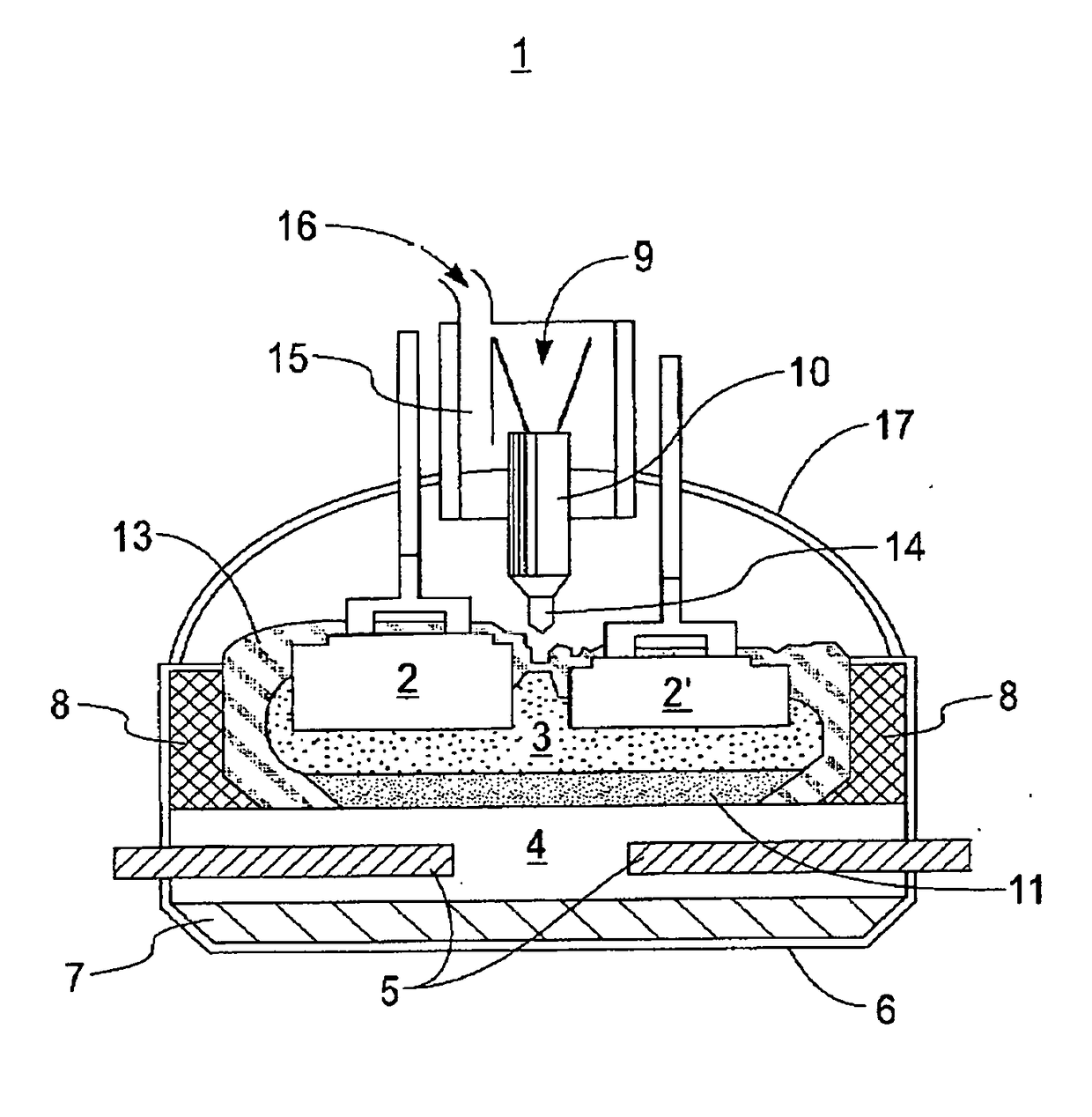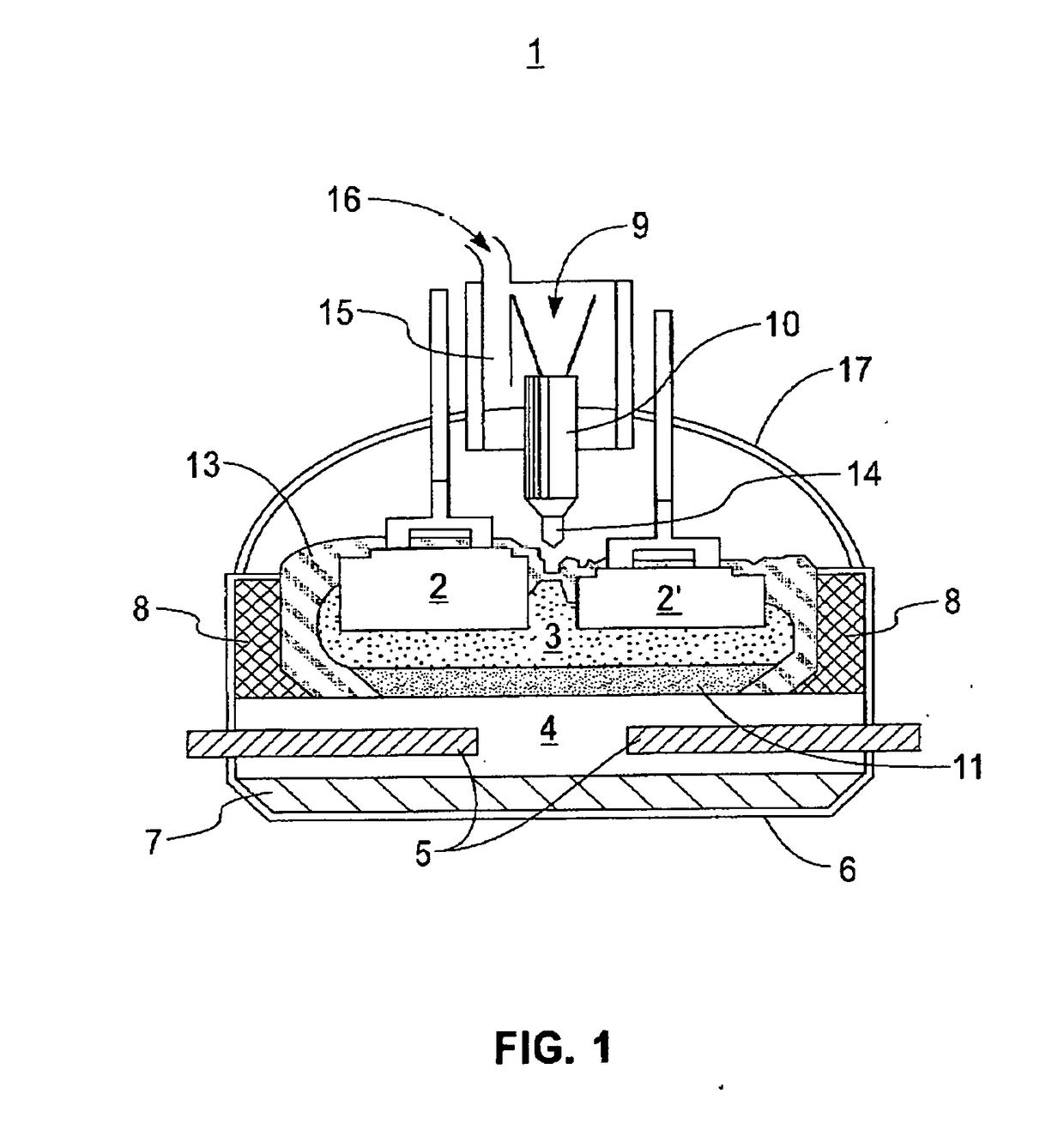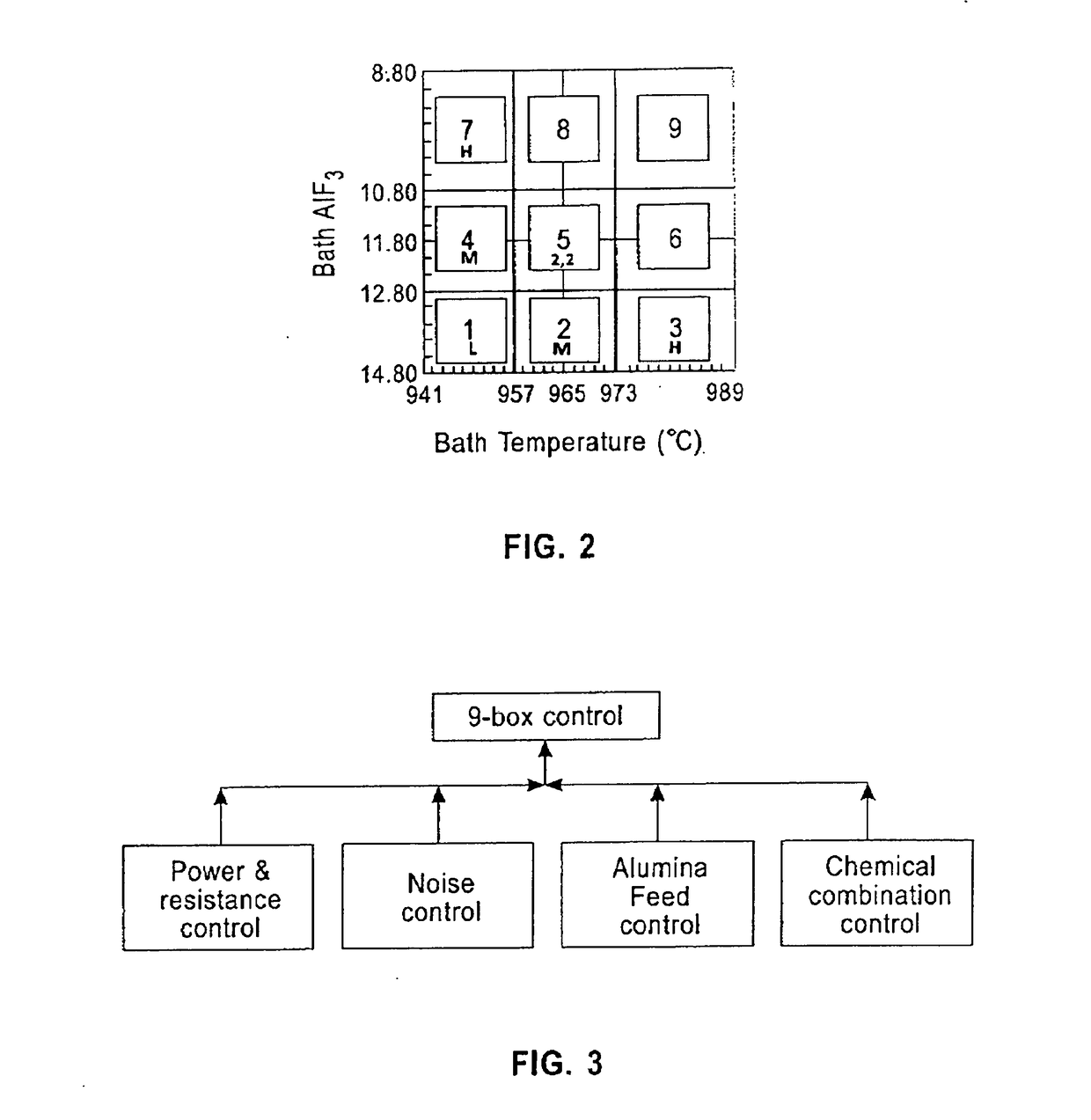System and predictive modeling method for smelting process control based on multi-source information with heterogeneous relatedness
a multi-source information and predictive modeling technology, applied in the direction of electrical programme control, program control, instruments, etc., can solve the problems of high energy consumption of the smelting process to produce aluminum described above, the smelting process to produce aluminum is a highly energy-intensive industry, and the collection of cryolite baths leaking around the collectors, etc., to achieve effective reduction of process variation, improve current/energy efficiency, and enhance feature type consistency
- Summary
- Abstract
- Description
- Claims
- Application Information
AI Technical Summary
Benefits of technology
Problems solved by technology
Method used
Image
Examples
example
[0174]The method of the present invention as described herein formulated a problem as a regularized non-negative matrix triple factorization problem, which simultaneously decomposed the instance feature and instance-label matrices, while enforcing task relatedness, feature type consistency and label correlations on the data.
[0175]The endeavor involved 174 process variables that formed 4 views / feature types based upon the process control practice which included power and resistance, noise control, feed control and chemicals. The data used in this example was collected daily via sensors.
[0176]The process was concurrently run in 245 smelters, which are classified in 5 groups (tasks) based upon their design and generation.
[0177]The objective of the endeavor was to predict temperature and alumina fluoride when they are not measured using the 9-box control as depicted in FIGS. 2 and 4.
[0178]The results of collecting data from the sources and solving the objective function iteratively are ...
PUM
 Login to View More
Login to View More Abstract
Description
Claims
Application Information
 Login to View More
Login to View More - R&D
- Intellectual Property
- Life Sciences
- Materials
- Tech Scout
- Unparalleled Data Quality
- Higher Quality Content
- 60% Fewer Hallucinations
Browse by: Latest US Patents, China's latest patents, Technical Efficacy Thesaurus, Application Domain, Technology Topic, Popular Technical Reports.
© 2025 PatSnap. All rights reserved.Legal|Privacy policy|Modern Slavery Act Transparency Statement|Sitemap|About US| Contact US: help@patsnap.com



